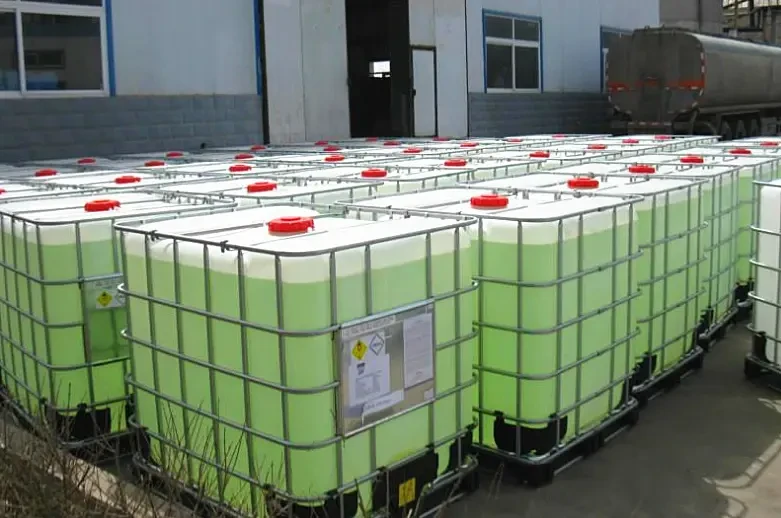Sodium 3-Chloro-2-Hydroxypropanesulfonate A Chemical Overview
Sodium 3-chloro-2-hydroxypropanesulfonate, commonly referred to as CHPS, is a notable compound in the field of chemistry and biochemistry. Its unique molecular structure and functional properties make it an essential reagent and intermediate in various chemical reactions, especially within the pharmaceutical and agricultural sectors.
Chemical Structure and Properties
Sodium 3-chloro-2-hydroxypropanesulfonate possesses a distinctive molecular formula of C3H8ClNaO3S. The presence of sulfonate, hydroxyl, and chloro functional groups lends this compound its unique characteristics. The sulfonate group contributes to its solubility in water, which is a significant advantage for its application in various formulations. Additionally, the hydroxyl group enhances its reactivity patterns, enabling it to participate in nucleophilic substitution reactions, which are vital in organic synthesis.
The compound’s utility in various chemical processes derives from its reactivity and ability to serve as a nucleophile. The chloro substituent is particularly reactive, making CHPS an excellent candidate for substitution reactions, where it can replace halides in other compounds. This makes it useful in the synthesis of pharmaceuticals and agrochemicals, where complex synthesis routes often involve such transformations.
Applications in Industry
1. Pharmaceutical Industry In pharmaceutical research and development, CHPS plays a crucial role as an intermediate in the synthesis of active pharmaceutical ingredients (APIs). Its ability to act as a versatile building block allows chemists to create various compounds with potential therapeutic applications. For example, it can be utilized in the synthesis of antihypertensive agents, showcasing its importance in healthcare.
sodium 3-chloro-2-hydroxypropanesulfonate

2. Agricultural Sector CHPS also finds applications in agriculture, particularly in the formulation of pesticides and herbicides. Its chemical structure allows it to enhance the effectiveness of active ingredients, improving their solubility and bioavailability. This results in more effective pest control solutions that can be easily applied to crops without the need for excessive volumes of chemicals.
3. Surfactants and Detergents The surfactant properties of sodium 3-chloro-2-hydroxypropanesulfonate make it valuable in the formulation of cleaning products and detergents. Its ability to reduce surface tension enables better wetting and cleaning properties, which are essential in household and industrial cleaning applications. This aspect of CHPS showcases its versatility beyond traditional roles, catering to various markets beyond just pharmaceuticals and agriculture.
Safety and Environmental Considerations
While sodium 3-chloro-2-hydroxypropanesulfonate is indispensable in many applications, its safety profile is crucial. It is essential for users to follow safety guidelines when handling this chemical, as with any synthetic compound. Potential hazards may include skin and eye irritation, and, therefore, appropriate personal protective equipment should be worn during its use.
Moreover, environmental considerations regarding its use in agricultural applications are necessary. The persistence of chemical residues in soil and water can have ecological implications, prompting researchers to study the degradation pathways and potential bioaccumulation in the food chain. Regulatory bodies continue to evaluate such compounds to ensure they do not pose risks to human health or the environment.
Conclusion
Sodium 3-chloro-2-hydroxypropanesulfonate is a multifaceted compound with significant potential in various fields, including pharmaceuticals, agriculture, and industrial cleaning products. Its unique chemical properties, coupled with its versatility in synthesis, make it a valuable tool for chemists and industry professionals alike. However, as with any chemical, responsible handling and thorough research into its environmental impact are paramount to harness its benefits while ensuring safety and sustainability. As advancements in chemistry continue to evolve, the potential for sodium 3-chloro-2-hydroxypropanesulfonate in innovative applications remains vast, promising exciting developments in the future.

